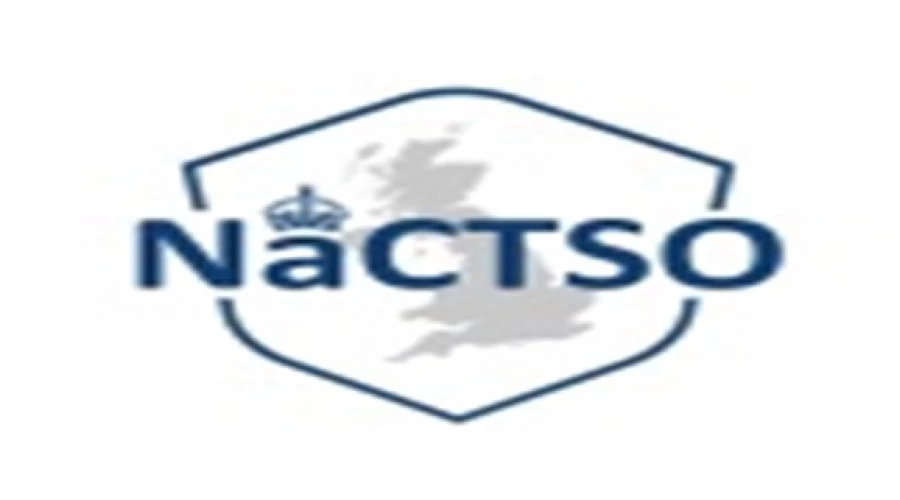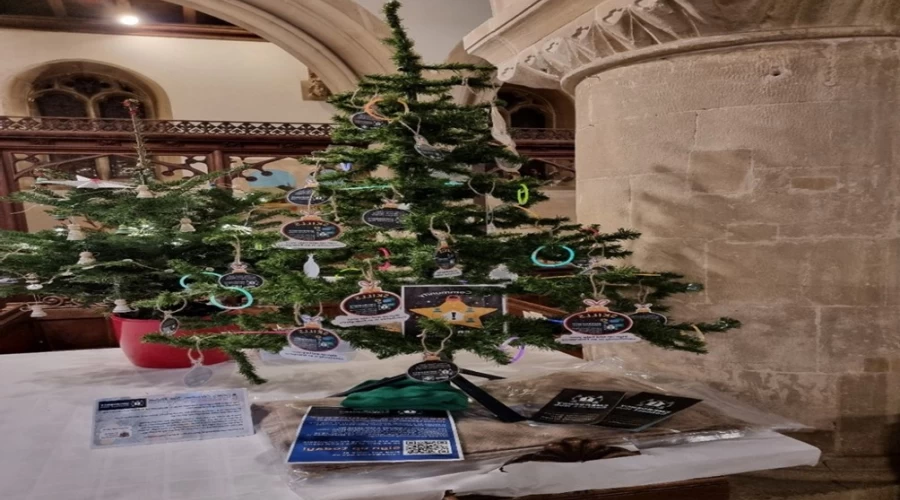2022 Heatwave and Salisbury Plain Fire

Image is a representation of fires and smoke - it is not from this particular event or location
2022 was certainly a warm year for us all, in fact a record breaker in the UK, with some areas becoming a complete disaster as we witnessed with the devastating wildfires across the our country with many houses and business left in ruins as the wildfires burned with such ferocity and speed, at times out running our firefighters who were sent to tackle them. In Wennington we saw that the wildfires had destroyed over 40 houses, cars and businesses, in Yorkshire, the National Park was ablaze as was there so many other Areas of Outstanding Natural Beauty. The heat just dried everything out leaving it it tinder dry and just waiting for a spark to ignite it.
The heat not only caused fires, it also caused us all issues, we just struggled to cool down not only during the day, but also at night. Our residents that are cared for in the care homes by the local authorities of Wiltshire and Swindon required support and for the first time ever, business continuity plans for heat were invoked. We have all planned for extreme cold, but we like all of the UK, we were just not used to invoking such plans for the extreme heat we encountered over this summer. We advised our schools and care homes across to keep doors and windows open to allow for the free flow of fresh cooler air. To pull down blinds or close curtains during the day to aid in rooms from getting too hot and to drink plenty of fluids. To look out for the vulnerable and to report medical issues as soon as possible.
This advice also helped keep us inline with some of the Covid measures that we are still advising for in maintaining that free flow of air to reduce transmission.
But lets not forget that we had our own emergency and wildfire disaster in Wiltshire. In the second week of July 2022, conditions were so perfect, a small fire started in the impact area on Salisbury Plain and due to the locality of the fire, it was impossible to extinguish as it was surrounded by unexploded ammunition. One wrong step for who ever decided to wonder in that area could have resulted in major injury to them so, the standard protocol of allowing it to burn out was adopted.
But, we had that relentless heat and, conditions did not reduce in the evening when normally cooler air aides in a fire burning out, instead it got worse. In fact at one point it was the biggest fire in all of the UK but due to its location and the fact that there were no houses or property likely to burn down, this very quickly became minor news for the media.
Related News

Swindon Borough Council - confirmed case of bird flu
>1m read
Swindon Borough Council - confirmed case of bird flu
However, for the local people of Wiltshire and Swindon, the smoke plume from the fire was starting to prove problematic. The advice given by both local authorities in keeping doors and windows closed went against the advice by the fire service in keeping doors and windows closed to prevent smoke from coming in.
Peoples homes rapidly began to heat up, people couldn’t cool down and we needed to do something to sort this situation out.
On the 12th July, the Local Resilience Forum was used as the trigger mechanism to call a Pre-Event Assessment Teleconference (PEAT) where all Category 1 partner agencies were called together to look at how we were going to deal with this increasing emergency in our own area.
Over a number of days, teams from the UKHSA, The Military, The NHS, Police, Fire, Ambulance, The EA, The Met Office and the local authorities joined forces and worked closely together in giving the public advice on what to do and who to contact for support. Air monitoring was carried out in the most extreme affected areas and a private company was brought in to tackle the wildfires using a helicopter to water bomb them and to stop the fires from spreading and medical advice was issued to care homes by the Public Health Teams.
The military and fire service provided personnel to put fires out on the edges of the Plain where it was safe to do so and, over a number of days and nights the fires were eventually extinguished, allowing residents to go back to having doors and windows open and to start cooling down again.
Without the combined efforts of those involved being brought together by the LRF, it would have taken a considerable amount of time to deal with the combined incident of heat and smoke and for those actions and advice being given by the specialist organisations who are Category 1 responders.



